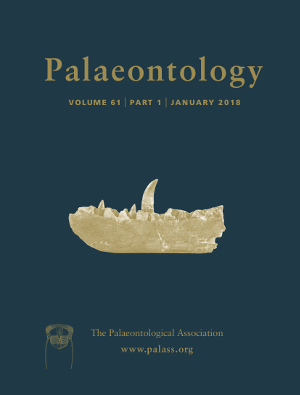Reg. Charity No. 1168330

The fossil record is a unique resource on the history of life, but it is well known to be incomplete. In a series of high‐profile papers, a residual modelling technique has been applied to correct the raw palaeodiversity signal for this bias and incompleteness, and the claim is made that the processed time series are more accurate than the raw data. We apply empirical and simulation approaches to test for correlation and directionality of any relationships between rock and fossil data. The empirical data comprise samples of the global fossil record through the Phanerozoic, and we use simulations to assess whether randomly sampled subsets of modelled data can be improved by application of the residual modelling technique. Our results show that using formation counts as a sampling proxy to correct the fossil record via residual modelling is ill founded. The supposedly independent model of sampling is information‐redundant with respect to the raw palaeodiversity data it seeks to correct, and so the outputs are generally likely to be further from the truth than the raw data. We recommend that students of palaeodiversity cease to use residual modelling estimates based on formation counts, and suggest that results from a substantial number of papers published in the past ten years require re‐evaluation.